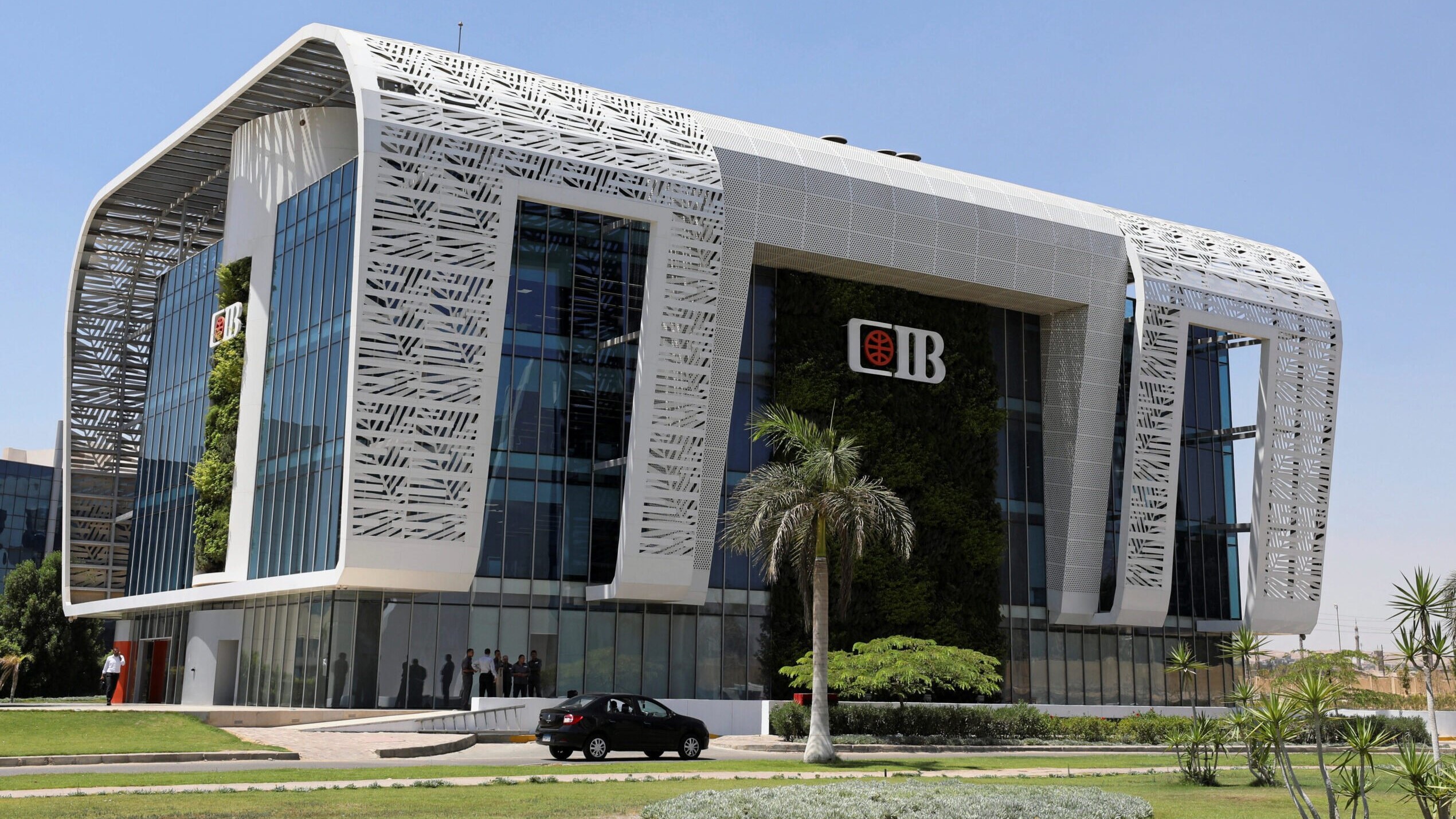Asset owners are starting to venture to Africa to make infrastructure and private equity investments.
These investors are betting that a combination of population growth, massive need and building global support, including World Bank guarantees, will lead to attractive risk-adjusted returns.
Some recent developments include:
A $3.3 trillion aggregate gap in infrastructure funding exists when the worldwide United Nations’ sustainable development goals are included, according to a soon-to-be released report on infrastructure investment in Africa by Mercer Investment Consulting LLC and Mobilizing Institutional Investors to Develop Africa’s Infrastructure.
MiDA is a partnership made up of the National Association of Securities Professionals; the United States Agency for International Development’s Office of Private Capital and Microenterprise; and the Africa Private Capital Group of the Southern Africa Mission.
“There is interest, and I would say it is growing,” said Alex Bernhardt, Seattle-based principal, U.S. head of responsible investment, at Mercer Investment Consulting. Mr. Bernhardt co-authored the Africa investment report.
In 2017, MiDA members closed on roughly $500 million in infrastructure transactions in sub-Saharan Africa, MiDA reports.
“The development finance community is interested in Africa writ large,” Mr. Bernhardt said. “Infrastructure is needed and there is an opportunity to make development environmentally sustainable.”
In Africa, there is more need for greenfield infrastructure construction rather than investment in brownfield, or existing, projects, he said. That can be a challenge for investors who look to infrastructure to provide income rather than a return boost for their portfolios, Mr. Bernhardt said. Greenfield infrastructure in Africa might not fit into their asset allocations.
Another stumbling block is the longer amount of time it takes to realize returns because it can take years to finalize a transaction due to bottlenecks in the approval process. Also, the “higher perceived barriers to entry outweigh the benefits,” he said.
“There are biases that people exhibit, which is understandable … due to the way Africa is portrayed in the news,” Mr. Bernhardt said. “What is not talked about is the incredible economy … and the population growth.”
Many investors haven’t invested in Africa because of the perception of risk, said Donna Sims Wilson, Houston-based chairwoman of the National Association of Securities Professionals and president of money manager Smith Graham & Co. Investment AdvisorsLP.
MiDA aims to change that perception, she said. MiDA has a 45-member advisory council “to educate, expose and inspire U.S. institutional investors to invest in infrastructure in Africa,” Ms. Wilson said.
MiDA’s advisory council includes representatives from $361.1 billion California Public Employees’ Retirement System, Sacramento; $228 billion California State Teachers’ Retirement System, West Sacramento; $151.4 billion Texas Teacher Retirement System, Austin; San Francisco City & County of Employees’ Retirement System; and the $7.8 billion University of Chicago endowment, she said.
To promote understanding of the continent and the investment opportunity, MiDA has taken groups of investors to Africa to meet with local pension officials as well as money managers that invest in Africa.
A.P. Moller executives so far have raised $982 million for its Africa infrastructure fund, which collected commitments from additional investors including Danica Pension, Kongens Lyngby, Denmark.
“We believe that we can combine social investments with interesting risk-adjusted returns,” Mika Bildsoe Lassen, Copenhagen-based spokesman for A.P. Moller Holding, said in an email. “Rapid urbanization and population growth projections predict 2.5 billion people to live in Africa by 2050, up from 1.2 billion today. This means that Africa’s population is expected to double. By 2034, the region is expected to have a larger workforce than either China or India.”
The fund’s focus is on African infrastructure to support sustainable economic growth, he said.
The Mercer report asserts Africa can offer investors an opportunity to achieve solid risk-adjusted returns and is less risky than most investors believe.
“Indications from available data point to the strong performance potential for SSA (sub-Saharan Africa) infrastructure investment,” the Mercer report says. The report notes that project finance default rates in Africa are 5.4%, lower than all other regions other than the Middle East and Western Europe.
MiDA is initially focused on power, water and transportation infrastructure, and the need is enormous, Ms. Wilson said.
” The World Bank has indicated that there is a need of $90 billion to $100 billion a year for the foreseeable future,” Ms. Wilson said.
Most asset owners have little access to information on investing in Africa because most of their investment consultants do not cover Africa, said Aymeric Saha, MiDA’s managing director.
Even so, there are worldwide efforts to make investing in African infrastructure more palatable for institutional investors. To help ease the risk profile of Africa infrastructure investments, the World Bank and the Overseas Private Investment Corp. are offering guarantees, Mr. Saha said. OPIC provides guarantees for U.S. investors, he said.
These guarantees cover a variety of risks, including political risk, civil unrest and demonstrations, government breach of contract and non-payment caused by a government, he said.
“These are risks U.S. owners are not willing to take,” Mr. Saha said.
The World Bank is also providing liquidity facilities in case of a payment delay to provide the developer access to capital. These measures “typically have worked very well to ensure no default,” Mr. Saha said.
At the same time, MiDA officials assert that investment in infrastructure in Africa could produce double-digit returns. African infrastructure funds at the end of their lifespan provided a 15% net annualized internal rate of return over the funds’ lives, Mr. Saha said.
Even so, Mr. Saha acknowledged current funds are expected to have a lower return, due to recent currency fluctuations and an economic slowdown in Africa from the lower cost of commodities. These factors have negatively affected managers’ returns, he noted.
As part of MiDA’s efforts, it has not only taken institutional investors to Africa to meet with local pension fund officials and money managers, but it also has introduced its advisory council members to more than 100 money managers that invest in African infrastructure, Ms. Wilson said.
Through conversations with African pension fund officials, MiDA has narrowed that list to about 12 experienced managers, Mr. Saha said.
African pension funds are “impact investors. They need to invest in infrastructure and private equity to have an impact on their local economies,” Mr. Saha said. Several of them have been investing that way for a number of years, he said.
As a result, one of Mercer‘s recommendations for U.S. investors interested in investing in African infrastructure is to do so as part of a consortium with African pension funds, Mr. Saha said.
SOURCE: Pensions&Investments

Ethiopia has cleared the way for Safaricom to introduce M-Pesa in the market of 110 million people after deciding to include the ...

Egyptian largest private sector bank by assets Commercial International Bank (CIB) is seeking to acquire more banks to strengthen ...

The European Investment Bank and International Solar Alliance have published a study outlining access solutions to overcome key ...

Kenya has been ranked the top country in the world in reducing population with no access to electricity, pointing to the impact ...